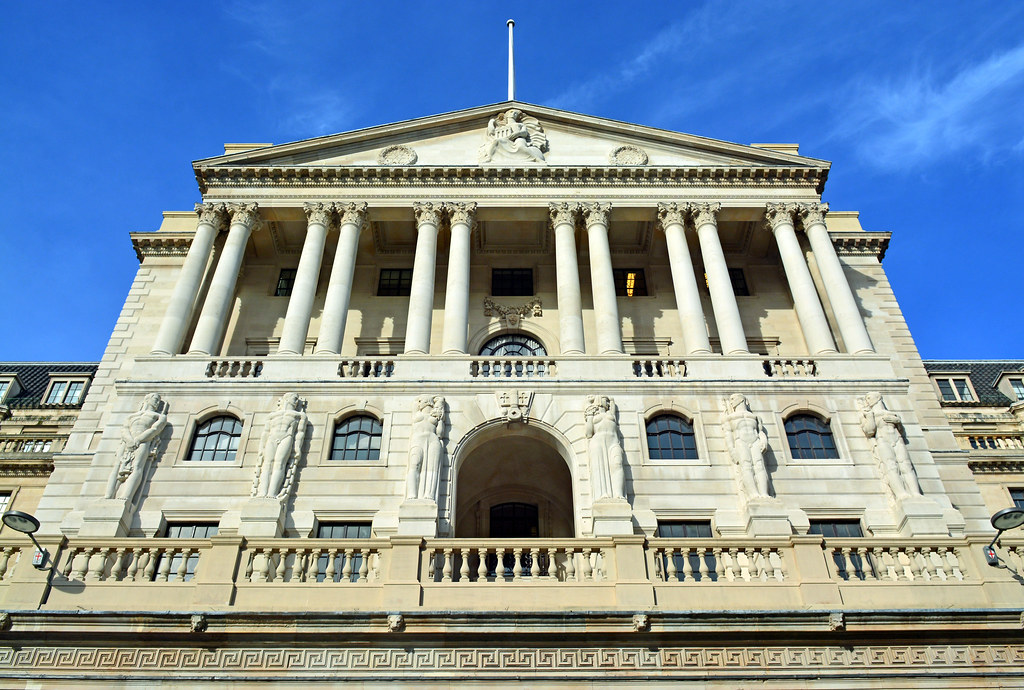An increase to the Capital Gains Tax (CGT) threshold would be “another nail in the coffin” for buy-to-let (BTL) landlords and second homeowners, according to lettings and estate agent, Benham and Reeves.
This is if recommendations by the Office of Tax Simplification (OTS) to change the tax threshold are introduced.
CGT is the tax paid on the profit of an item sold that has increased in value and applies to gains made on the sale of second homes and BTL properties, but not initial households. Currently, the rate of tax stands at 18% for basic rate taxpayers and 28% for those in the higher rate threshold, with tax exempt on the initial £12,300.
However, the OTS has recently called for CGT to increase in line with income tax rates to 20% at the basic rate and 40% at the higher rate, while also lowering the initial amount exempt to just £2,000.
Research from Benham and Reeves revealed that in the last decade, the average UK house price has increased from £168,703 to £251,500 – meaning the capital gain of an average second home or BTL investment during that time sits at £82,797.
Based on this example timeframe and when removing the exempt sum of £12,300, selling in the current market would see a lower rate taxpayer pay £12,690 in CGT, while a higher rate taxpayer would pay £19,739.
However, should the OTS changes come into play, Benham and Reeves calculated that the tax owed would climb to £14,100 for a basic tax rate payer, while those in the higher threshold would see it increase to £28,199 – a jump of £8,460.
Benham and Reeves director, Marc von Grundherr, commented: “The proposed changes from the OTS would act as nothing more than another nail in the coffin of the BTL sector, in particular.
“As it stands, landlords and second homeowners are already paying a substantial sum on their investment due to the increased value of bricks and mortar. A further increase in capital gains rates is nothing more than a blatant attack on them, especially those in higher tax thresholds.
“The government seems intent on targeting landlords and second homeowners as the cause of the current housing crisis. The reality is, their failure to build enough homes is the driving cause and so perhaps this should be their area of focus.”
Latest News
-
Borrowers jumped gun ahead of December rate cut – Twenty7tec
-
FCA stops Verus Financial Services from conducting regulated activities
-
IHT receipts reach £5.8bn in eight months to November
-
Perspective Financial Group acquires Prosser Knowles
-
Over half of UK savers relying on non-pension assets for retirement
-
Bank of England cuts interest rates to 3.75%
Perenna and the long-term fixed mortgage market

Content editor, Dan McGrath, spoke to head of product, proposition and distribution at Perenna, John Davison, to explore the long-term fixed mortgage market, the role that Perenna plays in this sector and the impact of the recent Autumn Budget
The role of the bridging market and technology usage in the industry
Content editor, Dan McGrath, sat down with chief operating officer at Black & White Bridging, Damien Druce, and head of development finance at Empire Global Finance, Pete Williams, to explore the role of the bridging sector, the role of AI across the industry and how the property market has fared in the Labour Government’s first year in office.
NEW BUILD IN FOCUS - NEW EPISODE OF THE MORTGAGE INSIDER PODCAST, OUT NOW

Figures from the National House-Building Council saw Q1 2025 register a 36% increase in new homes built across the UK compared with the same period last year, representing a striking development for the first-time buyer market. But with the higher cost of building, ongoing planning challenges and new and changing regulations, how sustainable is this growth? And what does it mean for brokers?
Does the North-South divide still exist in the UK housing market?

What do the most expensive parts of the country reveal about shifting demand? And why is the Manchester housing market now outperforming many southern counterparts?
In this episode of the Barclays Mortgage Insider Podcast, host Phil Spencer is joined by Lucian Cook, Head of Research at Savills, and Ross Jones, founder of Home Financial and Evolve Commercial Finance, to explore how regional trends are redefining the UK housing, mortgage and buy-to-let markets.
In this episode of the Barclays Mortgage Insider Podcast, host Phil Spencer is joined by Lucian Cook, Head of Research at Savills, and Ross Jones, founder of Home Financial and Evolve Commercial Finance, to explore how regional trends are redefining the UK housing, mortgage and buy-to-let markets.
© 2019 Perspective Publishing Privacy & Cookies










Recent Stories